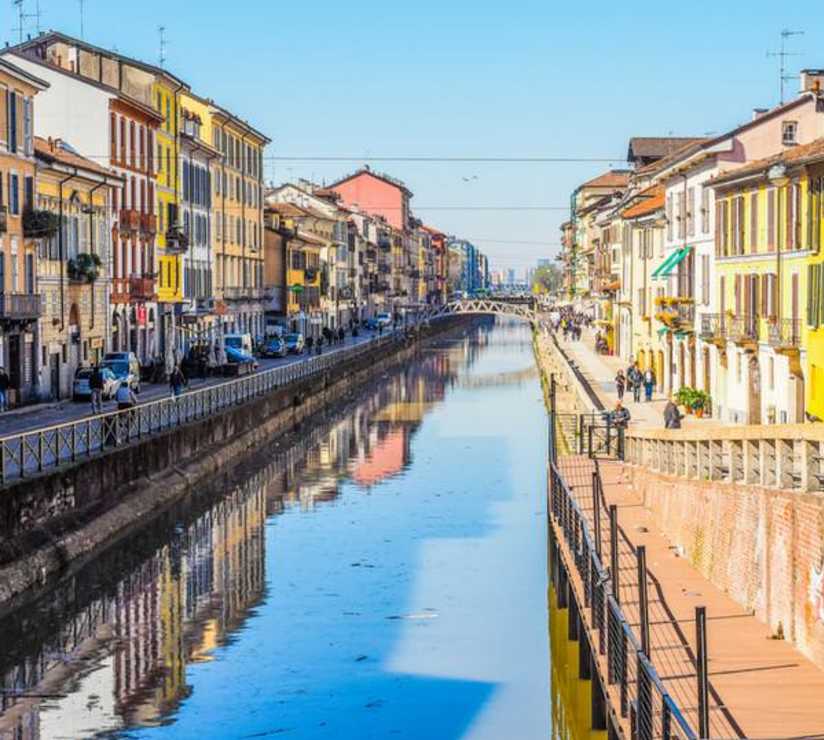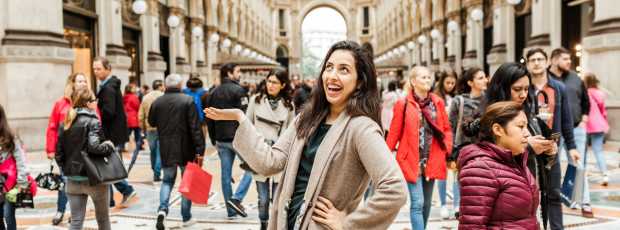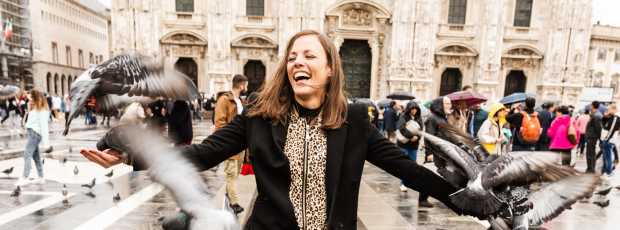Table Of Contents
- The Al Pastor Pilgrimage: Following the Trompo Trail
- Beyond Al Pastor: Barbacoa and Regional Specialties
- Unexpected Discoveries: Vegan Options and Guisado Comfort
- Neighborhood Chronicles: Where Geography Meets Flavor
- Hidden Gems and Local Secrets
- Timing Your Taco Adventures
- Navigation Tips
- Beyond the Plate
This comprehensive guide to tacos in Mexico City isn't your typical tourist resource. I'm sharing the real Mexico City street food crawl I'd take my best friend on, featuring the best street tacos Mexico city has to offer, where locals queue for forty minutes to sit at plastic tables for the best tacos. Every neighborhood has its own personality. Whether you're exploring taco stands in Mexico's capital or seeking an authentic Mexico City experience, this guide reveals where passion meets tradition.
The Al Pastor Pilgrimage: Following the Trompo Trail
Al pastor represents the crown jewel of Mexico City's taco kingdom. Born from Lebanese immigrants who brought shawarma techniques in the 1930s, this vertical-spit masterpiece evolved into something uniquely Mexican. The hypnotic spinning trompo, marinated pork layered with pineapple, and the taquero's precise knife work create theater as much as food. Every serious taco lover develops their own al pastor hierarchy; these are the places that consistently deliver transcendent experiences.
Understanding Mexico City's Iconic Al Pastor Tacos
El Huequito (doesn't accept reservations) holds legendary status among famous taqueria spots and represents one of the best street tacos Mexico City has to offer. Walking into their original closet-sized food stall feels like entering taco church. The trompo spins hypnotically while taqueros work with precision, each pastor meat slice falling perfectly onto fresh tortillas with just enough pineapple to create the ultimate al pastor tacos.
El Vilsito transforms from a car repair shop into beloved taquería at 1pm. The contrast feels surreal, mechanic tools hanging overhead while incredible tacos are carved just steps away. Their pastor meat develops incredible caramelized edges from hours on the trompo, sliced to order and served piping hot on every plastic plate.
El Califa de León (cash only, doesn't accept reservations) takes a refined approach among elite taco stands in Mexico. Their al pastor tacos arrive on smaller tortillas like elegant canapés, but these concentrated flavor bombs somehow manage fine dining quality while staying authentically street. These restaurants prove that taco stands can elevate their craft without losing soul.
Beyond Al Pastor: Barbacoa and Regional Specialties
While al pastor dominates Mexico City's taco conversation, the capital's true depth emerges through slow-cooked traditions and regional specialties that arrived with migrants from across Mexico. Barbacoa represents weekend ritual, families gathering on Sunday mornings for tender meat that's been cooking since Saturday night. Cochinita pibil brings Yucatecan earthiness, while birria delivers Jalisco's complex chile-soaked richness.
These aren't quick street snacks; they're cultural ceremonies disguised as tacos, each one carrying centuries of technique and tradition.
Exploring Traditional Tacos de Barbacoa and Slow-Cooked Perfection
Taqueria Los Cocuyos in Centro Histórico perfects barbacoa to ridiculous degrees. Their tacos de barbacoa feature meat that falls apart at the slightest touch, infused with smokiness from overnight cooking. The consommé isn't just broth, it's liquid gold that defines Mexican culture through generations of technique. (Cash only · Happy-hour food · Doesn't accept reservations)
El Turix brings Yucatecan tradition with exceptional cochinita taco preparations. Their pork carries earthiness from achiote and citrus brightness, while pickled red onions provide an acidic contrast cutting through rich meat, a perfect example of how taco fillings can transport you across Mexico. (Cash only · Outdoor seating · Doesn't accept reservations)
Beyond these regional stars, seek out tinga de pollo vendors serving shredded chicken swimming in smoky chipotle sauce; pure comfort food perfection. \ Beef steak tacos demonstrate how masterful technique transforms humble ingredients, with paper-thin slices seared over roaring flames that create caramelized edges while maintaining tender centers. \ Don't overlook birria tacos, Jalisco's gift to Mexico City, where the complex chile-based consommé serves triple duty as marinade, cooking liquid, and the most addictive dipping sauce you'll ever encounter.
Looking for a private city experience in Milan?
Explore the city with a local who plans a private day just for you; no groups, no scripts.
Unexpected Discoveries: Vegan Options and Guisado Comfort
Mexico City's taco evolution extends far beyond meat, embracing plant-based innovation and home-style guisados that represent the soul of Mexican comfort food. Vegan tacos aren't dietary restrictions here, they're creative expressions using traditional techniques with mushrooms, nopales, and seasonal vegetables. Meanwhile, guisados transform everyday family recipes into street food gold, offering dozens of stewed preparations that change with the seasons and the cook's inspiration. These aren't afterthoughts to the taco scene; they're integral chapters in Mexico City's culinary story.
Revolutionary Vegan Tacos and Plant-Based Innovation
Por Siempre Vegana Taquería revolutionized plant-based Mexican cuisine. Their mushroom al pastor develops the same caramelized edges as traditional versions, proving technique matters more than ingredients. These vegan tacos offer vegetarian options that satisfy even devoted carnivores, served on blue corn tortillas that add nutty complexity.
The Art of Guisado: Home-Style Comfort on the Street
Tacos de guisado represent Mexico City's most comforting taco category. Picture glass displays filled with different stews; green chorizo, potatoes with melted cheese, quelites with beans, each one representing generations of family recipes now served street-side. Mercado Jamaica showcases exceptional variety, with vendors serving everything from traditional preparations to creative fusion dishes where you can taste authentic Mexican culture in every bite. These steam-table treasures change daily based on seasonal ingredients and each cook's personal touch.
Don't miss queso fundido preparations where cheese melts into tortillas, creating indulgent experiences that pair perfectly with salsa verde and slightly spicy accompaniments. I get two tacos every time.
Neighborhood Chronicles: Where Geography Meets Flavor
Each neighborhood in Mexico City develops its own distinct taco personality, shaped by local demographics, economic factors, and cultural influences that create microclimates of flavor throughout this sprawling metropolis. (This simply means you can eat your way through Mexico City)
Roma Norte and the Evolution of Elevated Street Food
Roma Norte offers elevated Mexico City street food maintaining authenticity. One of my favorite places operates from a converted garage feeling more like intimate dinner party than typical vendor.
Roma Sur provides similar quality with fewer crowds, where taco stands blend seamlessly into residential neighborhoods.
Centro Histórico, our UNESCO World Heritage Site, maintains connections to pre-Hispanic traditions. Street vendors set up in colonial architecture shadows, creating surreal juxtapositions between ancient stones and sizzling comals where the best tacos emerge from centuries-old techniques.
San Rafael brings family-friendly energy
Chapultepec Park area features vendors serving tourists and locals alike.
El Pescadito specializes in seafood tacos that showcase coastal Mexican cuisine adapted for city palates.
Hidden Gems and Local Secrets
The most extraordinary tacos often emerge from the most unassuming places, family-run operations tucked into residential neighborhoods, mercado corners, and converted spaces where passion trumps presentation every time.
Discovering Neighborhood Institutions Beyond Tourist Maps
The most memorable experiences come from humble facades where locals eat their daily meals.
Los Parados also known as Taqueria Los Parados, is known for its charcoal-grilled meats, particularly tacos al pastor and bistec with cheese, operates from a small bar setup.
La Diabla Revolución serves unique tacos in a brightly lit space that feels like neighborhood institution serving piping hot perfection on every plate.
Tacos Don Juan represents family operations serving neighbors through word-of-mouth rather than advertising. These places often have multiple locations but maintain consistency across sites, proving that the best tacos come from passionate dedication rather than marketing.
Hola El Güero exemplifies vendors who develop loyal followings among locals recognizing exceptional quality regardless of minimal amenities. This simple taqueria also offers vegetarian and vegan fillings, alongside guisados and fruit waters. The usual suspects (tourists following guidebooks) often miss these gems entirely, where you can eat the most authentic representations of Mexican cuisine without pretense.
What if your day in Milan was planned by someone who knows it — and you?
City Unscripted matches you with a local host who creates a private experience based on your interests, not a set route.
Timing Your Taco Adventures
Early morning belongs to breakfast tacos and fresh barbacoa. Weekend barbacoa vendors start cooking Saturday night, serving incredibly tender meat by sunrise Sunday.
Midday offers highest variety when all the tacos reach peak preparation. Al pastor reaches optimal quality during early evening when trompos achieve perfect char and flavor complexity.
Late night brings unique magic. Places operating after dark create atmospheres completely different from daytime experiences, often serving other tacos alongside their specialties.
Navigation Tips
High turnover indicates fresher ingredients and proper handling. Busy places with locals maintain food safety standards because they can't afford reputation damage.
Start with lighter options like guisados, leaving room for richer preparations. Mexican tacos are smaller than American versions, but cumulative consumption adds up quickly.
Multiple locations of the same vendor don't guarantee identical quality, each site develops its own character based on local clientele and individual taquero skills.
Beyond the Plate
Tacos in Mexico City represent cultural fusion spanning centuries. Indigenous techniques meet immigrant influences, creating preparations that couldn't exist anywhere else. Economic accessibility makes exceptional food available regardless of income level.
The search becomes a journey rather than destination. Each discovery leads to new recommendations and adventures deepening your connection to this complex metropolis. Every great taco tells stories about makers, neighborhoods, and evolving cultural traditions.
Supporting traditional vendors preserves valuable culinary knowledge while providing sustainable livelihoods. When you're exploring Mexico City things to see like Diego Rivera murals or wandering through mercados, remember that taco culture provides authentic insights into Mexican traditions that continue thriving in our vibrant street food ecosystem.
This Mexico City experience extends far beyond dining, it's an immersion into the heart of Mexican culture itself.
Tip
We match you with the right host, not just any guide.Want to experience the real Milan with someone who lives there?
A fully private experience, planned and led by a local host who tailors the day to you
Ready to plan your perfect day in Milan?
Start your experienceWhat if your day in Milan was planned by someone who knows it — and you?
City Unscripted matches you with a local host who creates a private experience based on your interests, not a set route.
Want to experience the real Milan with someone who lives there?
A fully private experience, planned and led by a local host who tailors the day to you








